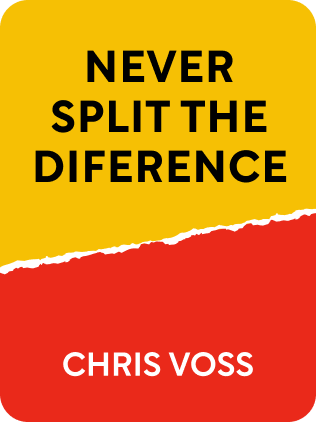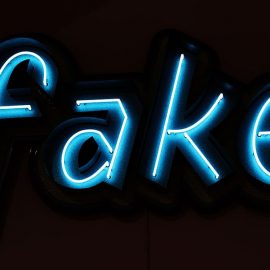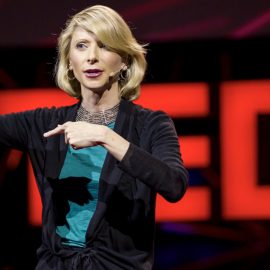

This article is an excerpt from the Shortform book guide to "Never Split the Difference" by Chris Voss and Tahl Raz. Shortform has the world's best summaries and analyses of books you should be reading.
Like this article? Sign up for a free trial here .
What are some of the most noteworthy Never Split the Difference quotes? What do these quotes say about negotiation and human communication biases?
The following Never Split the Difference quotes belong to former FBI hostage negotiator Chris Voss. They encapsulate the author’s approach to negotiation and talk about the strategies discussed in the book.
Keep reading for Never Split the Difference quotes by Chris Voss.
Never Split the Difference Quotes by Chris Voss
“Negotiation is not an act of battle; it’s a process of discovery. The goal is to uncover as much information as possible.”
According to the first of the Never Split the Difference quotes, all negotiations are exercises of information gathering. The more you know about your negotiating counterpart, the closer you are to your desired outcome.
“This is listening as a martial art, balancing the subtle behaviors of emotional intelligence and the assertive skills of influence, to gain access to the mind of another person. Contrary to popular opinion, listening is not a passive activity. It is the most active thing you can do. Once”
Active listening is how you tune out your own internal commentary and focus only on what the other person is saying. When you show your counterpart that you’re actively listening, they’ll be able to trust you, let their guard down, and share information with you.
“The Rule of Three is simply getting the other guy to agree to the same thing three times in the same conversation. It’s tripling the strength of whatever dynamic you’re trying to drill into at the moment. In doing so, it uncovers problems before they happen. It’s really hard to repeatedly lie or fake conviction.”
The Rule of Three is how you check whether you’re getting the real deal:
- Get them to say “yes” at least three times to see if it’s only a Counterfeit or Confirmation “yes” instead of the Commitment “yes” you’re looking for.
- After the first “yes,” label or summarize what they’re saying to prompt a “that’s right.”
- Then, ask calibrated “how” or “what” questions to lay out how you will define success according to the agreement. Examples of phrases to use are, “What are the biggest challenges we face to getting this done?” or “What are we up against here?”
“The fastest and most efficient means of establishing a quick working relationship is to acknowledge the negative and diffuse it.”
Acknowledge your counterpart’s negative emotions by listing every bad thing they could say about you at the beginning of the negotiation. This defuses the situation immediately and puts it all right out there in the open.
It sounds like, “I know I didn’t hand in that sales report on time. You probably think I’m lazy, uncommitted, inattentive to detail, and that I don’t care about wasting your time or everybody else’s.”
Then, you ask for input based on that list. This is where the tactic really works its magic. The admissions and acknowledgments will cause the other party to seek common ground.

———End of Preview———
Like what you just read? Read the rest of the world's best book summary and analysis of Chris Voss and Tahl Raz's "Never Split the Difference" at Shortform .
Here's what you'll find in our full Never Split the Difference summary :
- Lessons learned from years as an FBI hostage negotiator
- Why negotiation is about emotional appeals, not rational ones
- The 5 methods for tactical empathy, which gets you what you want by focusing on the other person's feelings






